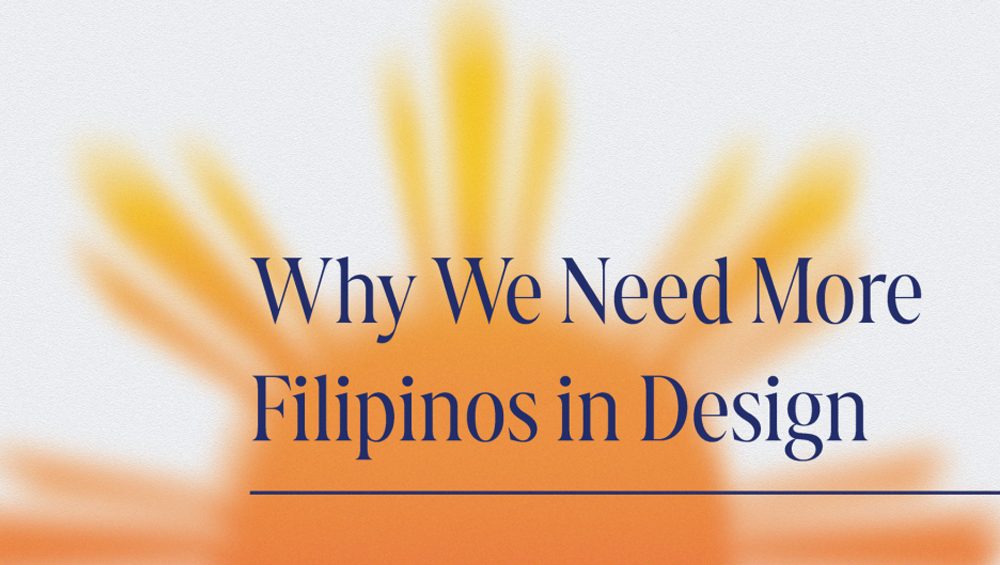With over 4.7 million people accounting for 1.4% of the total U.S. population, Filipinos constitute one of the largest Asian American groups in the country. In addition to their well-established presence in the healthcare and nursing fields, Filipino-Americans are increasingly growing in the creative industry. However, Filipinos are still being underrepresented in design-related fields.
Czeric Eliza Bennett, a Graphic Designer at Acterra, emphasizes the influence of Filipino cultural heritage on their creative work: “Our diverse cultural heritage as Filipinos inspires us to think creatively and differently, and it is this unique perspective that fuels our imagination and drive toward building a more vibrant and inclusive future.”
Bennett, with over five years of experience in the graphic design field, firmly believes that culture plays a crucial role in design. She states, “Design and culture are intimately intertwined, with each one influencing and inspiring the other. Culture in design gives us a deeper sense of purpose and context, elevating mere functional objects to meaningful reflections of our values and beliefs.”
Currently, like many other industries in America, the design industry lacks diversity, while certain ethnic groups are historically overrepresented in the field. According to a 2019 report by AIGA, American Institute of Graphic Arts, 71% of white designers make up the industry.
In more recent years, a wave of diversity, equity, and inclusion (DEI) initiatives sparked throughout the business world. As more people of color are gaining more representation in the corporate world, Filipinos are one of the groups that are slowly growing.
Diversifying the design industry creates opportunities for underrepresented groups as well as reflecting the diversity of the population it serves. It is important for any diverse range of people, including Filipino-Americans, to enter the design industry because it promotes diversity and fosters a culture of inclusion and belonging.
“Embracing cultural diversity in the design process can also break down barriers and promote social justice and equity,” Bennett said. “By designing with empathy, inclusivity, and social responsibility, we can create a more beautiful, equitable, and sustainable future.”

